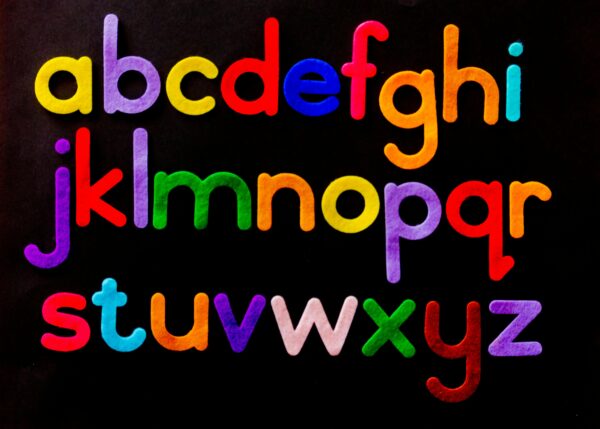If there’s one thing we’re really passionate about, it’s that learning should be both fun and effective. When it comes to teaching phonics, using engaging and interactive methods can make a world of difference in a child’s literacy journey.

Embracing Phonics Sounds
Phonics sounds are the building blocks of early reading skills. By understanding the relationship between letters and their corresponding sounds, children can decode words and enhance their reading abilities. Incorporating engaging phonics activities can reinforce these crucial concepts, making learning enjoyable and impactful.
The Magic of Phonics Games
Say goodbye to dull drills and hello to interactive excitement! These phonics games transforms phonics practice into a fun journey that your students will love.
Phonics activities are a brilliant way to make learning phonics sounds exciting – they’re also a good way of keeping your students engaged on a long day. Games provide an interactive platform for children to practice and strengthen their phonics knowledge. Here are three creative phonics activities that can be easily integrated into both classroom and home settings:
1. Phonics Wheels Worksheets
Use these phonics wheels worksheets in your classrooms. Students place pegs or clips on the pictures that begin with the sound shown in the middle of each wheel. This activity doesn’t only bring fun to your classroom, but also benefits your students in other ways:
Hands-On Learning: Phonics Wheels provide a tactile learning experience that can be especially beneficial for young learners. Handling pegs or clips keeps them engaged and makes abstract phonics concepts more concrete.
Reinforcement of Phonics Sounds: By repeatedly identifying pictures that match a given sound, students reinforce their phonics skills in a fun and memorable way.
Classroom Collaboration: This activity can be easily adapted for group work, encouraging students to collaborate and discuss their choices, thereby enhancing their communication and teamwork skills.
2. Play Dough Mats
Our Phonics Play Dough Mats are crafted to help students master their phonics skills through creative, tactile activities. Each mat features outlines for upper and lowercase letters, a search-and-cover section for identifying the focus letter, and a space for creating objects that begin with the focus sound.
Time to play!
- Hand out a Phonics Play Dough Mat to each student, along with a set of play dough in various colours.
- Encourage students to use play dough to form each upper and lowercase letter inside the outlines provided on the mat. This activity helps them practice letter shapes and improve their fine motor skills while reinforcing their understanding of letter formation.
- Direct students to the section of the mat where they must find and cover the focus letter within a group of letters. They can roll small balls of play dough and place them over the correct letters. This part of the activity helps students with letter recognition and differentiates the focus letter from others.
- Finally, ask the students to use play dough to create an object that begins with the focus sound. For example, if the focus letter is ‘S’, they might create a play dough snake. This imaginative step connects phonics sounds to real-world objects, deepening their phonemic awareness.
3. Sound Bingo
Who doesn’t love a good round of Bingo?!
Here’s how it works: Print each picture game board and 6 copies of the letter cards for your students, then cut out the cards. A ‘caller’ says each sound covered in the game set. Your students check their boards for pictures that begin with the nominated sound and then cover them with matching letter cards. The first student with a completely covered game board wins – BINGO!
More Practical Strategies for Teaching Phonics
In addition to games, there are several practical strategies that educators and parents can use to teach phonics effectively. Here’s some inspiration:
1. Daily Phonics Practice
Consistent practice is key to mastering phonics sounds. Incorporate short, daily phonics activities into your routine to reinforce learning. This could include reading activities just as reading aloud, practising with flashcards, or playing quick phonics games.
2. Interactive Phonics Software
Utilise interactive phonics software that offers a range of phonics activities designed to engage children. These digital tools often provide immediate feedback, helping children correct mistakes and reinforce their understanding of phonics sounds.
3. Storytime with a Phonics Twist
Choose stories that highlight specific phonics sounds and read them aloud to your child. Discuss the sounds and encourage your child to identify them in the text. This method not only improves phonics skills but also fosters a love for reading.
Making learning fun and effective through phonics games is a wonderful way to engage children and build a strong foundation in literacy. By incorporating a variety of phonics activities into your teaching strategy, you can help children master phonics sounds, improve their decoding skills, and develop early reading proficiency.







